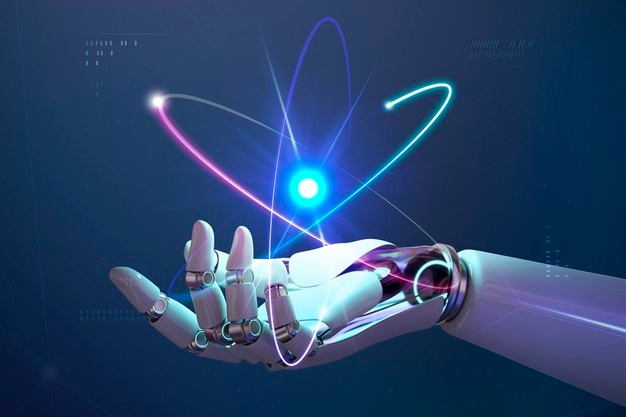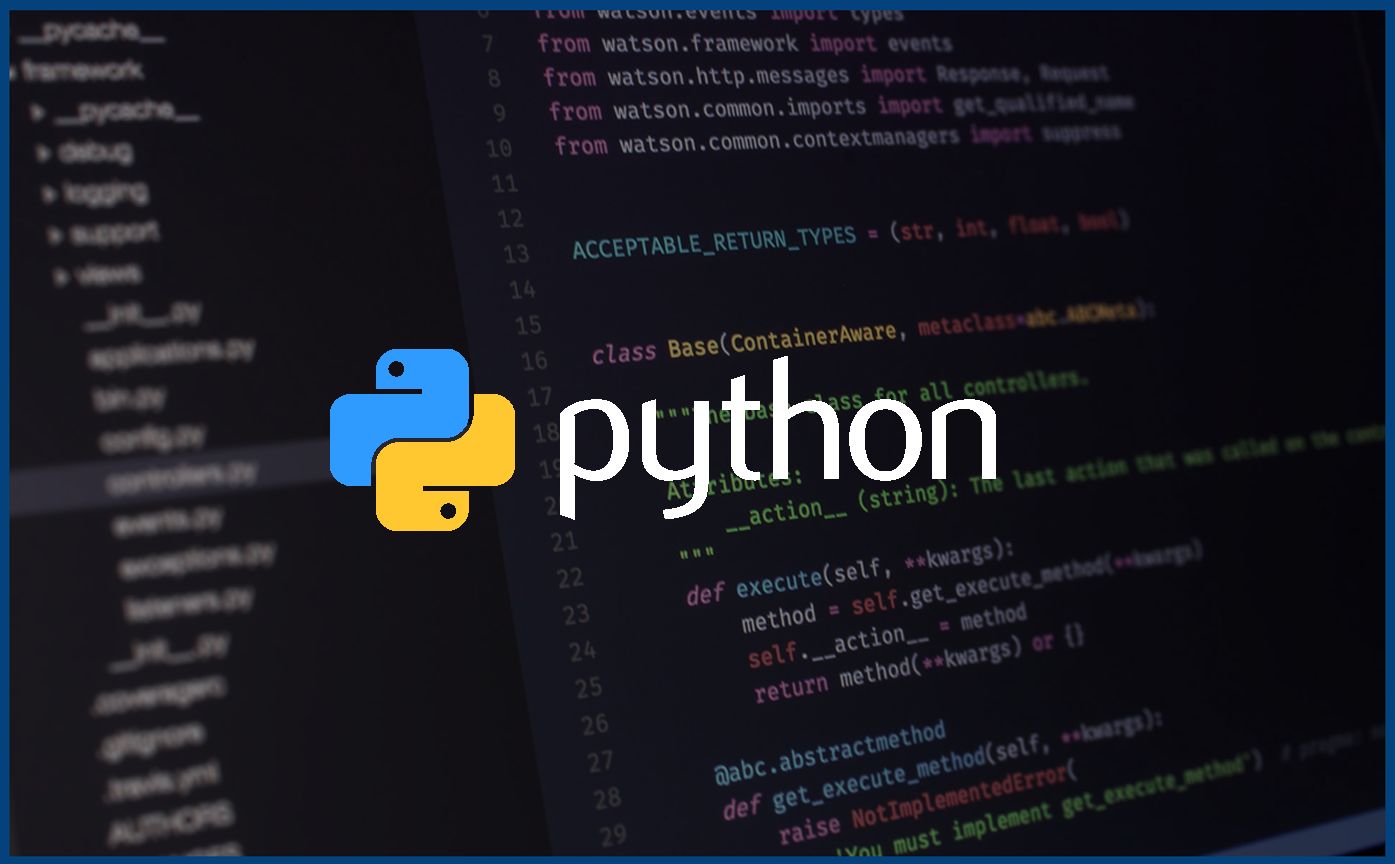Automated back-office processes such as data extraction, form filling, file transfer, and so on can be handled by robots through the use of software robots, often known as robotic process automation (RPA). APIs and user interface (UI) interactions are employed in order to perform repetitive tasks in the system. Robotic Process Automation (RPA) systems are capable of automating a wide range of processes and transactions that would otherwise require human interaction.
Robotic process automation (RPA) is a technique for automating business processes that makes use of technology-led by business logic and structured inputs. Robotic Process Automation (RPA) technologies enable a corporation to develop software, referred to as a “robot,” that can record and interpret applications for a variety of tasks such as processing a transaction, altering data, triggering responses, and interfacing with other digital systems, among others.
The use of robotic process automation (RPA) may automate everything from a single email response to thousands of bots all working together in an ERP system.
CFOs in the financial services industry were among the first to adopt robotic process automation (RPA) because they discovered how to use software to streamline business operations without increasing workforce or expenses, according to Regina Viadro, a vice president at EPAM Systems and an adviser to the company’s IA group.
Video has worked on RPA engagements with customers in a variety of industries, including financial services, healthcare, retail, and human resources, highlighting the wide range of applications for RPA currently available.
What are the benefits of Robotic Process Automation (RPA)?
RPA helps businesses to reduce staffing costs while also reducing the likelihood of a human mistake. The example of a bank’s adoption of RPA is given by David Schatsky, a managing director at Deloitte LLP. The bank redesigned its claims process by deploying 85 bots to conduct 13 operations and manage 1.5 million requests per year.
Schatsky adds that the bank employed the equivalent of about 200 full-time employees at the cost of approximately 30 per cent of the cost of hiring additional people in the first place. Bots are frequently affordable and quick to set up since they do not necessitate the development of proprietary software or substantial system integration. In the opinion of Schatsky, such characteristics are essential for businesses seeking to expand without incurring significant additional expenditures or causing friction among personnel.
“Companies are aiming to generate breathing room in order to better serve their customers by automating low-value tasks,” argues Schatsky. “Companies are striving to create breathing room in order to serve their consumers better.”
Additionally, by combining RPA with cognitive technologies such as machine learning, speech recognition, and natural language processing, businesses may accelerate their automation efforts by automating higher-order processes that previously required human observation and judgement.
In Viadro’s opinion, such robotic process automation (RPA) installations, which may automate up to 15 to 20 steps, are part of a value chain named intelligent automation (IA). The company continues, “If we segregated all major organisations and asked them what their top goal for 2018 is, over 100 per cent would respond intelligent automation.”
According to Gartner, automation and artificial intelligence will reduce the demand for labour in corporate shared-service centres by 65 per cent by 2020, and the market for robotic process automation (RPA) will surpass $1 billion by that year. By then, RPA software will have been adopted in 40 per cent of large organisations, up from less than 10 per cent at the time of writing.
“Why bots are destined to disrupt the industry” and “Robotic process automation is a killer app for cognitive computing” are two articles that provide a more in-depth look at the benefits of robotic process automation.
What is RPA capable of doing?
When compared to other issues such as serverless computing or microservices, this one is far easier to explain and promote to non-technical audiences. This is, as previously said, the situation. Using robotic process automation (RPA) technologies to minimise drudgery in the workplace may also be a straightforward approach to illustrate the benefits of RPA systems to non-IT staff.
Although it may be more challenging to convey the benefits of containerization to a field service professional, this is possible. Businesses and organisations value robotic process automation (RPA) because it helps them increase efficiency across a wide variety of populations—users, customers, workers, sales and marketing, accountants, legal and financial analysts, and so on.
People are more likely to be enthusiastic about technology if they can see examples of how it may be used in the workplace. However, this is not always the case. Let’s go back to data-intensive procedures as a good place to start with this discussion. Sudhakar reminds us that data may be exploited in various ways and that this is something that we should be aware of.
Consider the sheer volume of such labour in the banking industry: In the past, specialised workers were necessary to perform a great deal of manual, repetitive work to process receivables and payables. For this reason, robotic process automation (RPA) is being hailed as a game-changer in some corporate operations. According to Gartner, 73 per cent of corporate controllers are anticipated to employ robotic process automation (RPA) in their finance departments by 2020, up from 19 per cent in 2018.
It is also possible to find data-intensive, rule-based, and repetitive procedures within traditionally run businesses such as customer service and human resources. Sectors such as insurance and financial services are examples of those that meet the requirements.
Eggplant COO Edwards uses the following example as a case study: The processing has been restarted. Consider the last time you had to return an online purchase and the implications that this had for both you and the company from which you acquired the item. In many cases, returns that are promoted as “free” are rather pricey.
Returns processing has historically been done by hand and at a substantial cost to the organisation. According to Edwards, companies may handle returns using robotic process automation (RPA) without raising costs or slowing operations. If a customer returns a product, RPA software may manage the return process, which may involve sending a message to the customer, updating inventory and invoicing, modifying payment to the customer, and so on.”
A variety of steps are involved in returning shoes that do not exactly fit according to the requirements put out in Landreman’s criterion above, which apply to both consumers and businesses. Certain inputs (such as initiating the return and returning the product) and outputs (such as your refund) are only available through the rule-based procedure, and the volume is unquestionably big for retail organisations when it comes to this process.
There are several “opportunities” for errors, inefficiencies, and other issues to arise throughout the process. But let’s be honest: it’s time-consuming. This is exactly the type of practice that RPA is intended to improve.
According to Huff of Kofax, workers may devote their attention to more critical tasks while eliminating data input errors that can negatively impact processing times, compliance, and the overall customer experience. Workers are able to accomplish this thanks to RPA.
Best RPA software and Tools in 2022
UiPathIn Romania, Daniel Dines and Marius Tîrcă launched UiPath, a global software firm specialising in robotic process automation. The company is based in New York City and employs over 1,000 people worldwide.
Blue Prism
It is the trading name of the Blue Prism Group plc, a British multinational software corporation that invented and manufactures enterprise robotic process automation software that provides a digital workforce designed to automate complex, end-to-end operational activities. Blue Prism is a registered trademark of the Blue Prism Group plc.
WorkFusion
It was recently announced by WorkFusion, the global leader in artificial intelligence-driven automation, that it had released RPA Express Pro, a new version of their robotic process automation (RPA) software solution that combines desktop speed with enterprise-wide scalability.
NICE
The NICE Advanced Process Automation (APA) platform is a full-featured automation solution. Unattended Robotic Process Automation (RPA) and real-time staff assistance are provided by this system. Real-time desktop counselling, compliance and automation are provided via the NICE Employee Virtual Attendant (NEVA).
EdgeVerve Systems
EdgeVerve Systems Limited, a subsidiary of Infosys and a worldwide pioneer in artificial intelligence and automation, is dedicated to assisting its clients in achieving success in the digital era. Ultimately, we want to create a world in which our technology boosts human cognition while also creating chances for businesses to prosper.
Kofax
Founded in the United States, Kofax Inc. is a provider of software for process automation with its global headquarters in Irvine, California. Kofax, which was founded in 1985, provides document intelligence, process orchestration, and networked technologies to help organisations transform their digital processes.
Automation Anywhere
Founded in the United States, Automation Anywhere is a leading provider of robotic process automation software around the world. The company was established in 2003 and is headquartered in San Jose, California.
































































